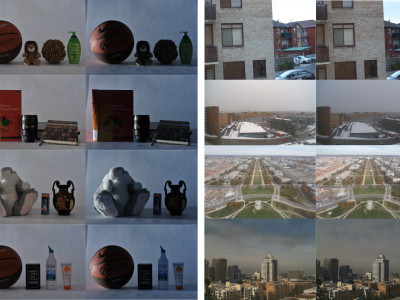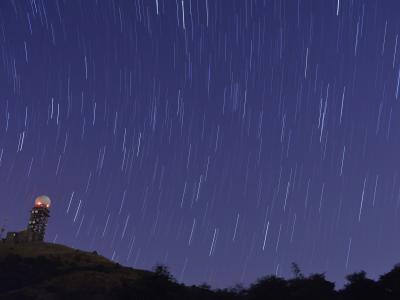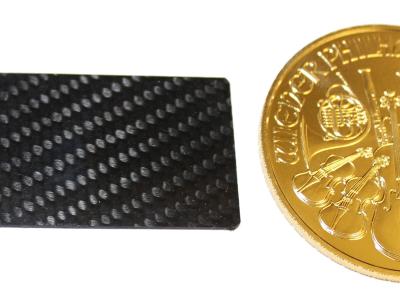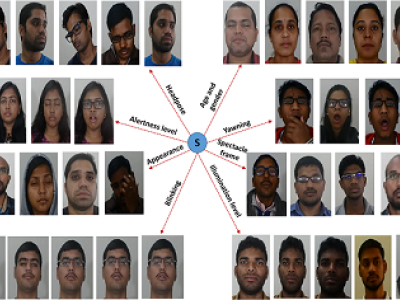
This data is for a compact terahertz (THz) SPICE/ADS model based on the extended EKV MOSFET model with channel segmentation but accounting for the distributed Drude inductance representing the electron inertia critical at THz frequencies.
- Categories:






